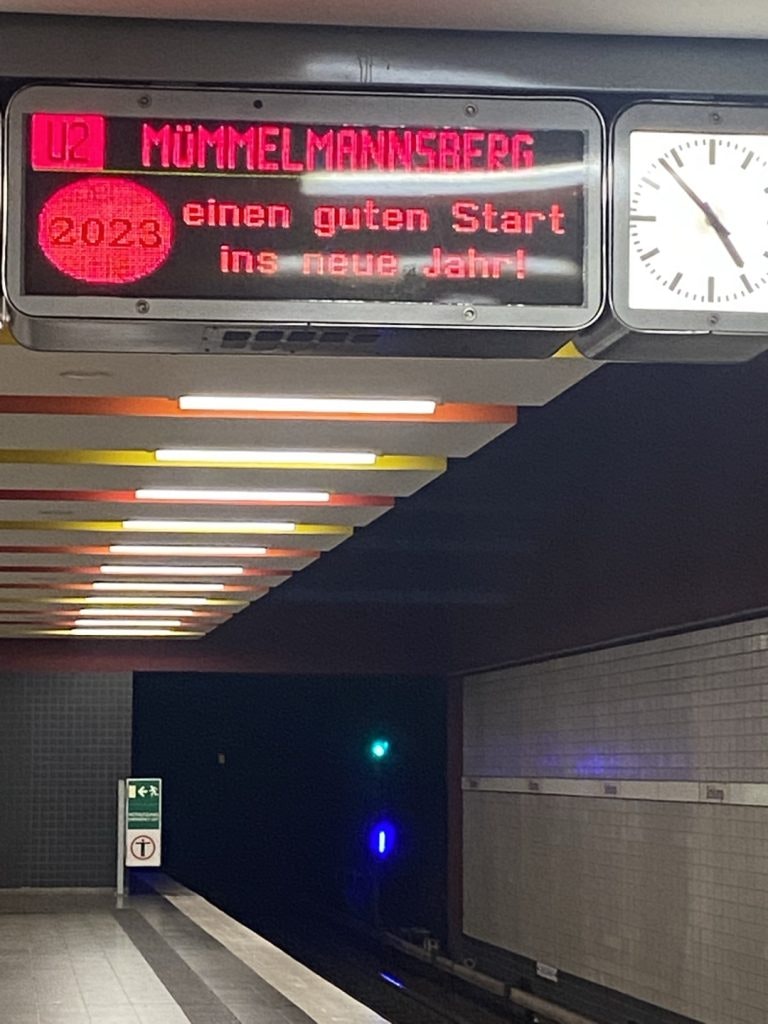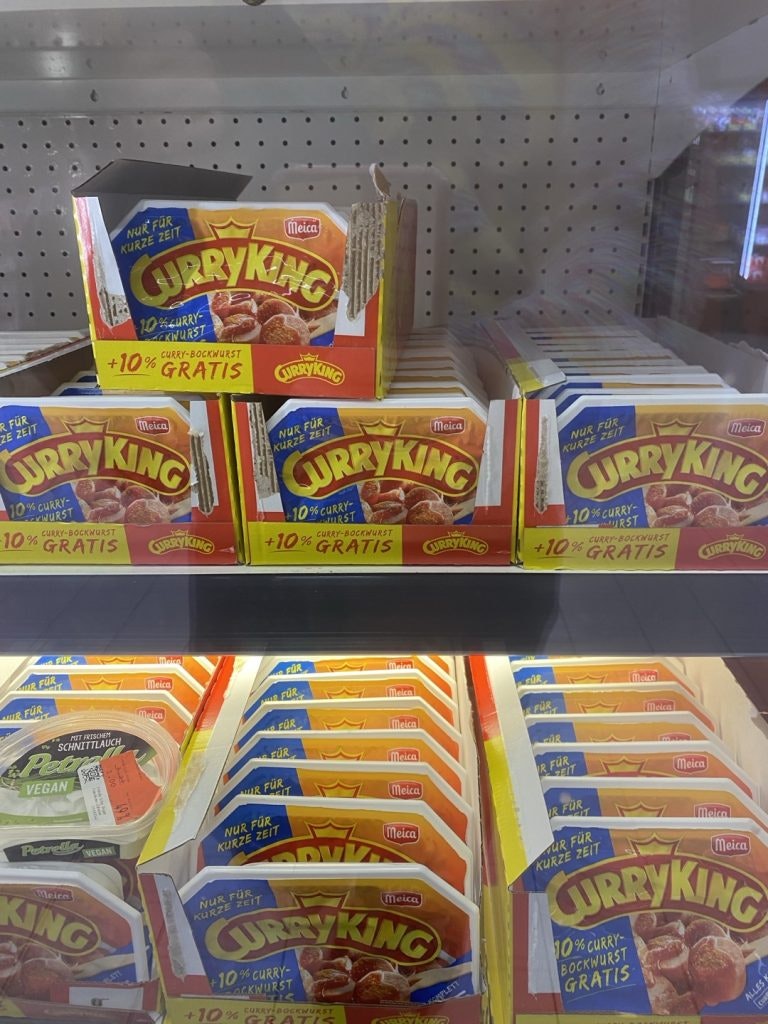







Honestly, I was never really proud of being German. I have never worn a Dirndl, I am always late and I might be one of those Germans who isn’t exactly known for their sense of humor.
As I’ve traveled and grown, I’ve come to see how I overlooked Germany’s charms. With its incredible cities, beautiful landscapes and friendly faces, Germany is a “wunderbar” place to live and travel.
Germany is techno in Lederhosen. It is bread with cheese and jam. And, it is a cold beer at the ocean. Now I can honestly recommend my friends abroad to visit Germany. Consider this my love letter to my home country!
Here are some key facts about Germany:
| Key Facts About Germany | Details |
| Population | 84,139,277 |
| Official Language | German |
| Capital | Berlin |
| Currency | Euro |
| Form of Government | Federal republic |
| Number of Bordering Countries | Nine (most in Europe) |
Read these 12 fun facts about Germany and learn about its unique traditions and position as a central European country.

Germany is a Central European country with a diverse range of landscapes, reaching from the Alps in the south to the Baltic Sea in the north. In total, the country shares borders with nine other European countries: Poland, Czechia, Austria, Switzerland, France, Belgium, Luxembourg, the Netherlands, and Denmark.
While one-third of Germany is covered in forests and woodlands, the country counts over 2,100 castles and 130,500 miles (210,000 km) of hiking trails, waiting to be explored. Other features of Germany’s landscape include:
With the daylight saving time in summer, you can make the best use of your days outdoors!
>>> READ MORE: Summer Camps for Teens – Ultimate Guide

The Hochkalter mountain range, located in the stunning Berchtesgaden National Park in Bavaria, Germany, features the majestic 2,607-meter Hochkalter peak.

The metro sign for Mümmelmannsberg station; make sure you are listening carefully so you don’t miss your stop!
German is anything but easy. It is the official language of Germany, spoken by over 90 million native speakers worldwide. There are a lot of German words that can not be equivalently translated into other languages. For example, when expressing the lust for a travel adventure, Germans use the word “Fernweh“.
Moreover, the German language is known for its long and complicated words, that are not only difficult to pronounce but tricky to remember by both native speakers and non-natives. With 79 letters, the longest word in the German language is “Donaudampfschifffahrtselektrizitätenhauptbetriebswerkbauunterbeamtengesellschaft”, which describes the staff of a hydroelectric power station on the Danube.
Practice your German reading skills with these tricky words:

Currywurst is even available in ready-to-eat packages at supermarkets everywhere. Got to fill that Currywurst craving.
In Germany, there are about 5,000 different types of beer, 3,000 types of bread, and 1,500 types of sausages.
Germans are renowned for their beer consumption, ranking among the top beer-consuming countries globally. In Bavaria, the state with the biggest beer Festival in the world – the Oktoberfest – beer is even considered a food.
The country is also popular for its variety of bread and sausages. The most beloved sausage – with 800 million eaten every year – is the famous Currywurst. The snack is so popular that there was even a museum dedicated to the sausage in Germany’s capital city Berlin.
World War II had a significant impact on Germany’s history, leading to the division of the country into East Germany and West Germany. The fall of the Berlin Wall in 1989 marked a crucial moment, leading to the reunification of the nation.
But did you know that the wartime periods created these two popular products?
Germany has been the birthplace of many significant inventions and innovations across various fields. Have a look into five more inventions that we can’t live without today:
In Germany you can find the world’s narrowest street, the Spreuerhofstraße, as well as the longest Autobahn (highway) network in Europe with a stretch of 7,000 miles (11,265 km). Driving on German highways can be an exciting experience! About 65% of the Autobahn has no general speed limit, but it is generally recommended to drive about 80 mph (130 km/h).
Germans are often portrayed as a very punctual nation. Since the Industrial Revolution time management has become an important value for the German culture, ensuring a smooth coordination of the rail network. Additionally, punctuality was ensured by the Kingdom of Prussia (a direct ancestor of today’s Federal Republic of Germany). In Prussia, punctuality was strictly observed, especially among soldiers and civil servants.
Punctuality is still generally highly valued in German culture, but the stability is slowly breaking. While the Airport of the German city Munich is one of the most punctual large airports in the world, a third of long-distance trains delayed in 2023.
Germany is globally recognized for its commitment to environmental sustainability and green energy. The country has ambitious goals to reduce carbon emissions and promote renewable energy sources like wind, solar, and hydroelectric power.
Germany’s climate and energy policies aim to phase out nuclear power and significantly decrease reliance on fossil fuels. Additionally, the nation invests heavily in recycling and waste management, making it one of the greenest countries in the world. This dedication to environmental protection highlights Germany’s leadership in combating climate change and fostering a sustainable future.
With its complex yet effective waste management systems, Germany is one of the world’s leading countries in terms of recycling. The German government has set strict rules for separating garbage into different categories, that can be a bit tricky to get used to first.
Truly unique and efficient is Germany’s “Pfand“-system, where customers pay a deposit on plastic and glass bottles when purchasing. Once the empty bottle are returned to the store, the refund will be paid back.
One of the interesting facts about Germany is that most supermarkets and restaurants are closed on Sundays. The German law has banned Sunday work since 1892, making Sunday the day to rest, spend time with your family, and go to church.
If you come to Germany, Switzerland or Austria, make sure to do your grocery shopping on Saturday!

My dog in front of the decorated Christmas tree on Christmas Eve.
The beloved tradition of the Christmas tree began in Germany, and continues to be a cherished custom today. The practice of decorating trees for the Christmas season dates back to the 16th century when devout Christians in Germany adorned their homes with festive trees.
Today, this tradition has spread across the globe, symbolizing festivity, warmth, and togetherness during the holiday season. In Germany, the Christmas tree is often decorated with real candles, and the festive season includes delightful Christmas markets, gingerbread houses, and the beloved Advent calendar, which also originated in Germany.
German law uniquely acknowledges the human instinct for freedom. According to German legal principles, escaping from prison can not be penalized itself. The law views the desire for freedom as a basic human instinct, and thus, escaping from jail itself is not punishable.
Germany is also known for its progressive rehabilitation programs aimed at reintegrating prisoners into society, demonstrating a balanced approach between justice and compassion.
Ready to explore the fascinating history, culture, and food of Germany? Sign up for a student travel program to Germany today and get started on a European adventure!
💡 Want more trivia?
Browse all Fun Facts articles.